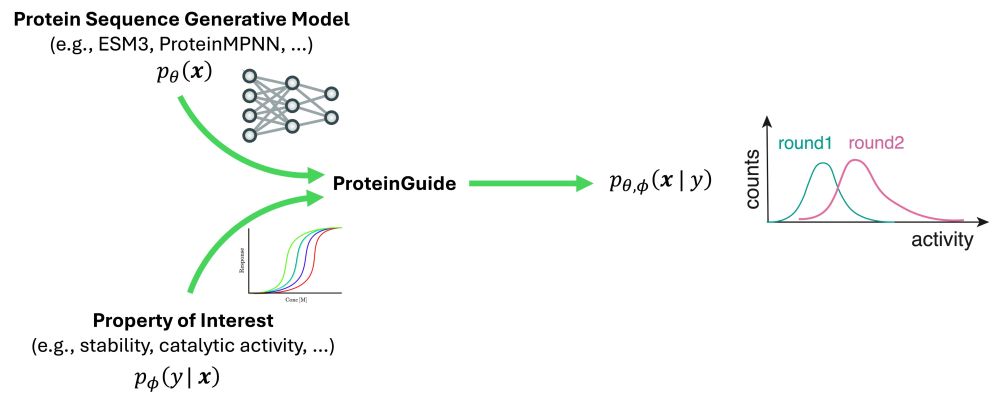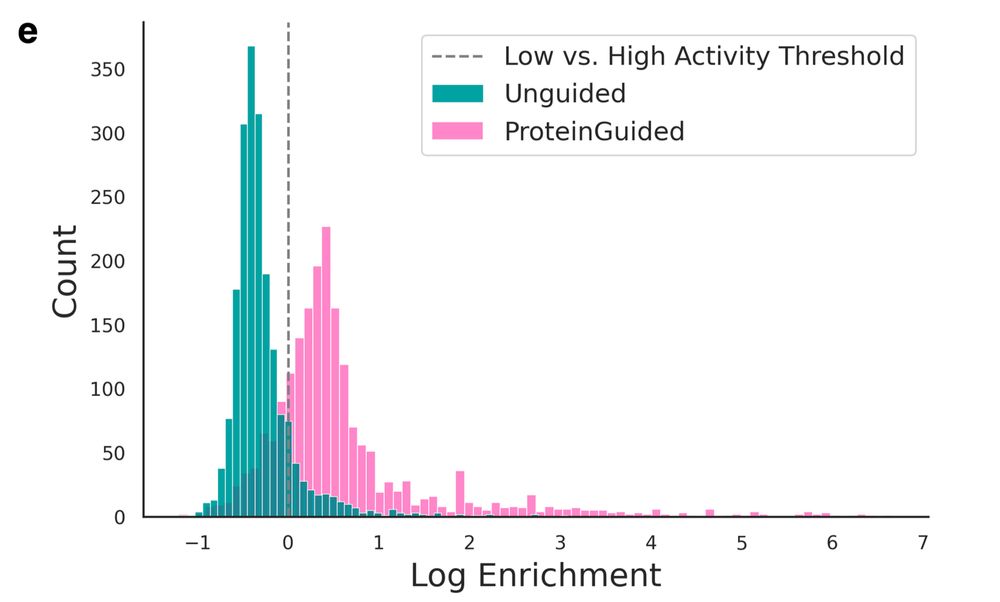Junhao (Bear) Xiong
@junhaobearxiong.bsky.social
10 followers
15 following
11 posts
Machine learning for computational biology. PhD student at Berkeley EECS.
Posts
Media
Videos
Starter Packs
Pinned







